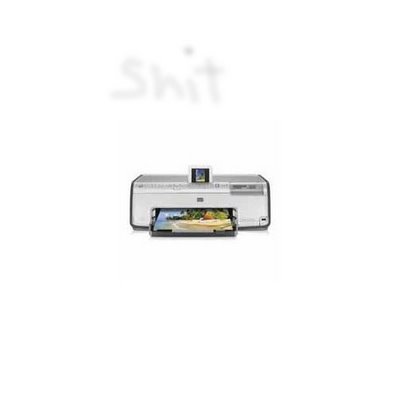Step-by-Step Guide to Recording Pressure Roller Changes
페이지 정보

본문

Clear documentation of pressure roller swaps ensures all technicians follow standardized, safe, and effective protocols
Start by gathering all relevant information about the equipment model
such as official technical manuals, OEM part codes, and documented failure patterns
Understanding this context prevents errors and guarantees compatibility with the system
Then, structure the procedure into discrete, easy-to-follow phases
Always initiate the procedure by de-energizing the unit, isolating all power sources, and permitting thermal stabilization
Include details on personal protective equipment that must be worn during the task
Never assume the machine is inert—rigorously enforce LOTO procedures to prevent accidental startup
Proceed to detail the path for gaining physical access to the roller
Note which fasteners to remove, list all required hand غلطک پرس پرینتر or power tools, and describe how to safely relieve system pressure
Use simple language and avoid jargon unless it is commonly understood by the team
If certain parts are labeled or color coded, note that in the documentation
Proceed to describe the disassembly sequence after access is achieved
Note the orientation of the roller, how it is secured, and the sequence for disconnecting any sensors, belts, or hoses
Take clear, labeled photos of the installed roller setup and embed them in the guide
Note torque specs for each bolt and clarify if grease, oil, or dry film is required on threads or bearings
Ensure the replacement roller is positioned precisely using alignment guidelines
Misalignment is a common cause of premature failure, so include instructions on how to check for proper seating and rotation
Reconnect any components in reverse order of removal and double check that all connections are secure
After reassembly, perform a test run under low load to verify smooth operation before returning the machine to full capacity
Anticipate post-replacement issues like vibration, squealing, or inconsistent force
Identify root causes such as worn bearings, incorrect tension, or debris—and pair each with a solution
End with a printable, bite-sized verification list for technicians to sign off
Confirm visual inspection, workspace tidiness, and formal record update in the CMMS or logbook
Finally, specify who is authorized to perform this task and how often the documentation should be reviewed or updated
Encourage feedback from technicians who carry out the procedure so the steps can be refined over time
Keep the document easy to access, either in a physical binder near the equipment or in a digital system with searchable keywords
Well-documented processes mean fewer errors, faster repairs, and greater technician trust in the workflow
- 이전글Comparison of the Best Instagram Profile Viewer Private Tools 25.10.09
- 다음글Last-Minute Staffing Fixes for Corporate Catering 25.10.09
댓글목록
등록된 댓글이 없습니다.